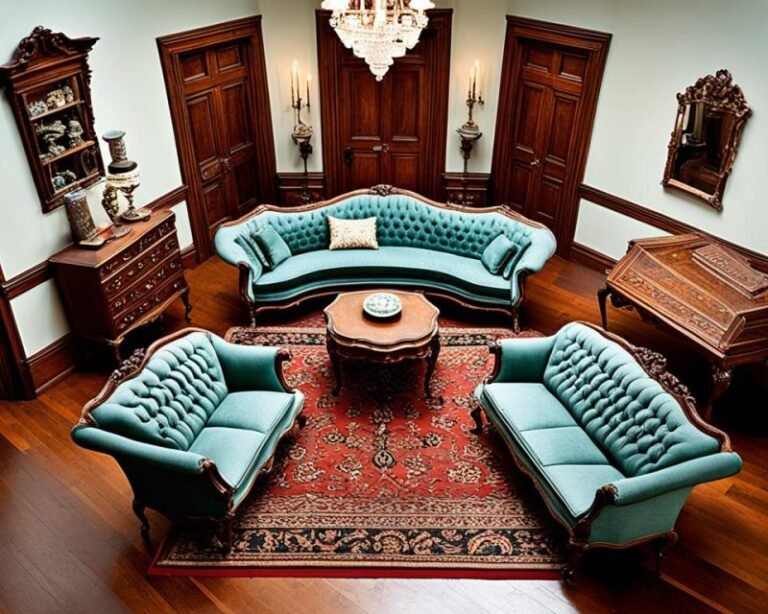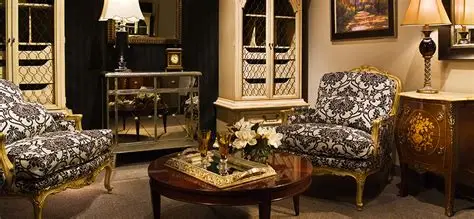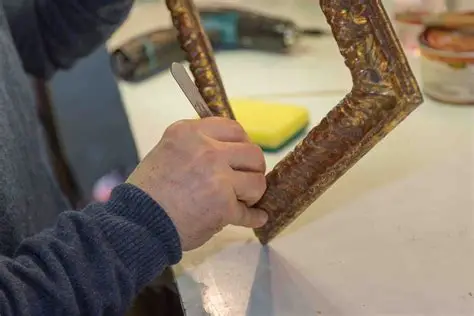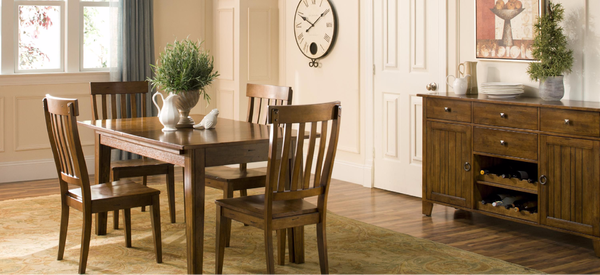
Choosing the right dining table is more than just shopping for a piece of furniture—it’s about creating a comfortable, functional, and stylish gathering place in your home. Whether you’re furnishing a compact breakfast nook or a large formal dining area, the table you select must meet the demands of your space, your lifestyle, and your design aesthetic. Here’s a detailed guide to help you pick the perfect dining table for your space.
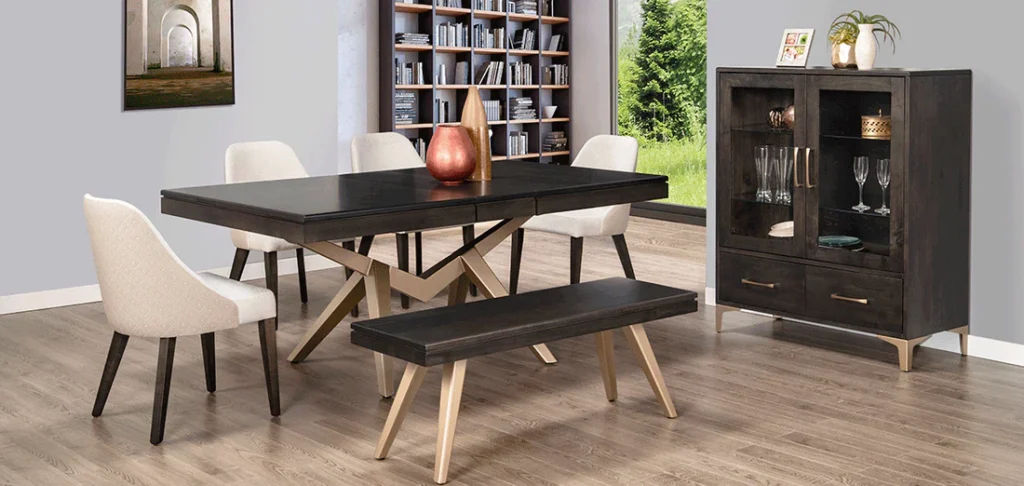
Measure Your Space & Plan Traffic Flow
Before you fall in love with a dining table, measure the room carefully. Determine the dimensions of your dining area, including width, length, height (especially if you have low ceilings or hanging light fixtures), and note the location of doors, windows, and other furniture.
As a rule of thumb, allow at least 36 inches (about 90 cm) of clearance from the edge of the table to the nearest wall or furniture to ensure chairs can be pulled out comfortably and people can move around freely.
Using painter’s tape to mark the tabletop’s footprint on the floor is a smart way to visualize how the size will feel in real life.
Decide How Many People You Want to Seat
Think about how many people will sit around the table most of the time—and occasionally. If you entertain often, you’ll want extra space for guests; if it’s just your family, you can choose a more compact size. For example:
-
Tables seating 2–4 people often measure up to about 48 inches in diameter (for round) or around 75–90 cm square.
-
For 6–8 people, rectangular tables measuring 72–96 inches long are common.
Each diner typically needs about 24–30 inches (60–75 cm) of table edge for comfortable seating.
Choose Table Shape According to Room Layout
The shape of the table can influence how well it fits your space and how people interact around it:
-
Rectangular is the most common and works well for longer rooms or when you want more seating along the sides.
-
Round or square tables are ideal for smaller rooms or more intimate settings—especially if the room is roughly square or circular.
-
Oval can offer the best of both worlds—elongated form with softer edges, and good for high‑traffic areas.
Also consider the base design: pedestal or central bases free up legroom, allowing you to seat more people comfortably.
Select a Size That Works With Chairs and Leaves Room for Service
When selecting your table, don’t just look at the tabletop dimensions—check the spacing between legs, chair sizes, and how much surface width you’ll need for place settings, serveware, and centerpieces. Tables typically range in width from 36 to 42 inches (90–105 cm) to provide enough elbow‑room while allowing space for serving dishes.
If you entertain occasionally, consider a table with an extendable leaf so you can increase seating when needed without committing to a permanently large table that overwhelms the room.
Match Style & Materials to Your Décor
Your dining table should feel like a natural part of the room’s design—not just an afterthought. Consider materials (solid wood, timber, veneer, glass, metal), finish, and style. For example:
-
Timber or solid wood offers warmth and works in rustic, traditional, or transitional spaces.
-
Metal or glass can give a more modern, airy feel.
Think about durability (especially in family homes), maintenance, and how the material will age. Also ensure the table’s height works comfortably with your chairs—standard table height is about 28–30 inches (70–75 cm).
Consider Function Beyond Dining
Nowadays, the dining table often doubles as a workspace, homework station, or craft area. If your table serves multiple roles, you’ll want one that’s strong, easy to clean, and fits different functions. Choose finishes that can handle spills and everyday use, and maybe a protective cloth or runner when it doubles as a desk. Some tables with extension leaves are especially useful.
Set a Budget and Check Quality
Quality dining tables can differ widely in price depending on materials, craftsmanship, and finish. Set a realistic budget—but remember that a well‑made table can last many years and save you money over time. When examining a table, look at the joint construction, leg stability, material quality, and finish. A good table will feel solid, not wobbly, and the chairs should tuck in comfortably without scraping or bumping other furniture.
Conclusion
Choosing the perfect dining table for your space involves more than picking a nice design. You’ll want to take accurate measurements, plan for seating and movement, choose the right shape and size for your layout, match the materials to your style and usage, and consider how you’ll actually use the table. Get those pieces right, and your dining table won’t just be a piece of furniture—it will be the heart of your home.

